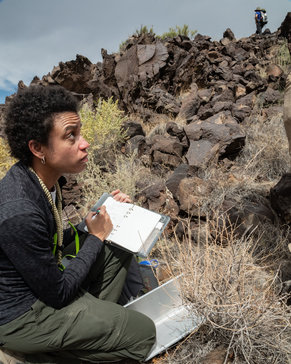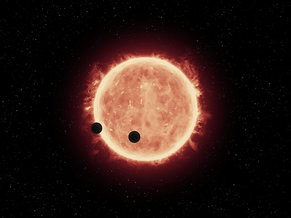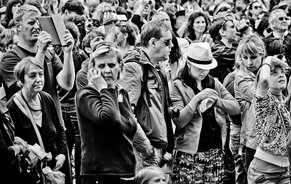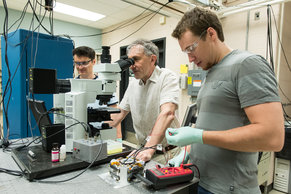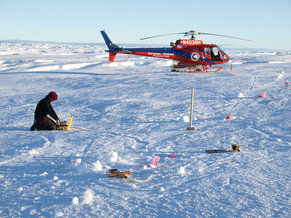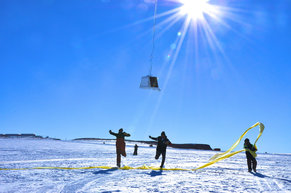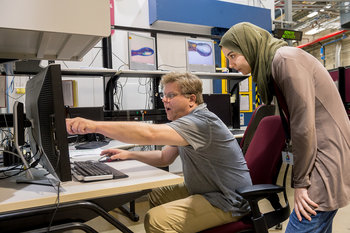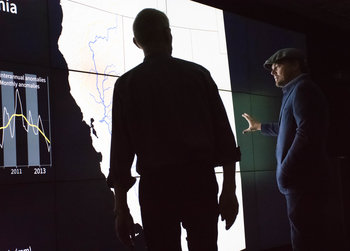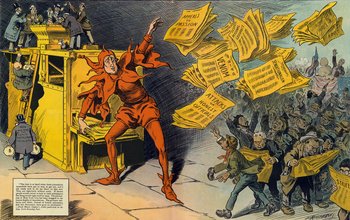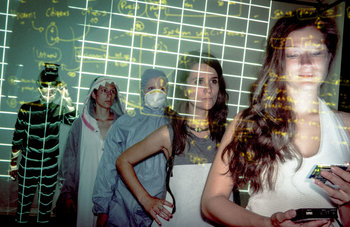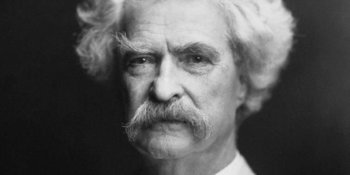
Research
The data and findings of research as found in a book, journal article, thesis or dissertation that is written by those who conducted the research as opposed to a third party writer.Subject Matter Experts
The expert and qualified opinion of an professional or expert in some domain. For example, an information security expert who describes how encryption works in a video.Eyewitness Accounts
Information such as an interview, speech or notes from an individual who witnessed an event or time period. For example, an interview with a solider who participated in a particular battle.Public Data
Data produced by a government or international organization and released to the public such as census data that provides demographic information about a region.Proprietary Data
Data produced by an individual, company or non-profit that you can access. For example, an environmental organization that publishes data about the levels of chemicals found on common food products as certified by a lab. In some cases, proprietary data is biased in some way and it is important to consider the reputation and motivation of those who produced it.Statistics
Data that has been aggregated, calculated and summarized such as an economic indicator published by a government or university according to a standard methodology.Proprietary Calculations
Data based on proprietary methods, systems, calculations and algorithms. For example, an organization that puts a number to the happiness of populations in different countries with a scoring system.Experiments
Measurements and observations from a controlled experiment.Field Research
Measurements or observations from the place that they occur. For example, an essay about ocean plastic that uses observations, photographs and counts of plastic in a sample from a local beach.Observations
Beyond experiments and field research, other types of observations may be used as a primary source. For example, a historical interview with a regular person from the 1920s that captures their general observations about society may be useful to understanding the lives of people during this period.Opinion
A measure of opinions such as a public opinion poll or survey.Historical Records
Historical records such as an old newspaper article that describes an event a reporter witnessed.Public Records
Government records such as a marriage certificate.Personal Records
The personal records of an individual such as a diary. This may be relevant as a primary source for history or a biography.Events
Events that convey knowledge such as a conference that includes a debate between subject matter experts that is captured in conference materials.Time & Place
A photograph, drawing, video or audio recording that captures information about a time and place. For example, a rare video of a street in Paris in 1904 that may convey information about the everyday fashion of the period.Artifacts
Physical things such as products from the 1960s that could be used as a primary source of information about historical product design.Oral Tradition
Information passed down by word-of-mouth. For example, an individual in a community who can recount a myth, legend or historical event.Sensors
Readings from sensors such as sea temperature data.Technical Report
A knowledge artifact that provides technical explanations and data. For example, a manual that describes how to maintain an aircraft.Work of Art
A work of art such as a painting or a digital replication of such. For example, an essay discussing the July Revolution of 1830 might make reference to the painting Liberty Leading the People by Eugène Delacroix.Creative Works
Creative works such as fiction or film can be a primary source for any investigation that looks at the content of the work itself. For example, fiction is a primary source for a book report.Autobiography
An individual who documents their own life is considered a primary source. If someone else documents their life in a biography, it is considered a secondary source.Machine Data
Data that reports the state of machines. For example, a technical website that publishes CPU benchmarks collected from its own tests.User Input
Information submitted by users of a technology such as comments on a newspaper article or reviews on an ecommerce site.Accounting Records
Records of financial transactions such as a bank statement.Business Records
Information generated by a business such as internal documents and communications.Correspondence
Text from a conversation such as a series of emails or letters that are used as a primary source for a biography of an individual.Patents
A patent is a public disclosure of an invention. These are often used as a primary source to investigate a technology or organization.Notes
A primary source for one investigation may be considered a secondary source for another with the test being whether the information is as direct as possible given your topic. For example, a book by an astronaut may be a primary source of information about a mission that they directly participated in and a secondary source of information about rocket technology. This is particularly true if the astronaut references sources related to rocket technology such that they are clearly interpreting information from other sources.| Overview: Primary Source | ||
Type | ||
Definition | Direct or firsthand evidence about a topic. | |
Related Concepts | ||



